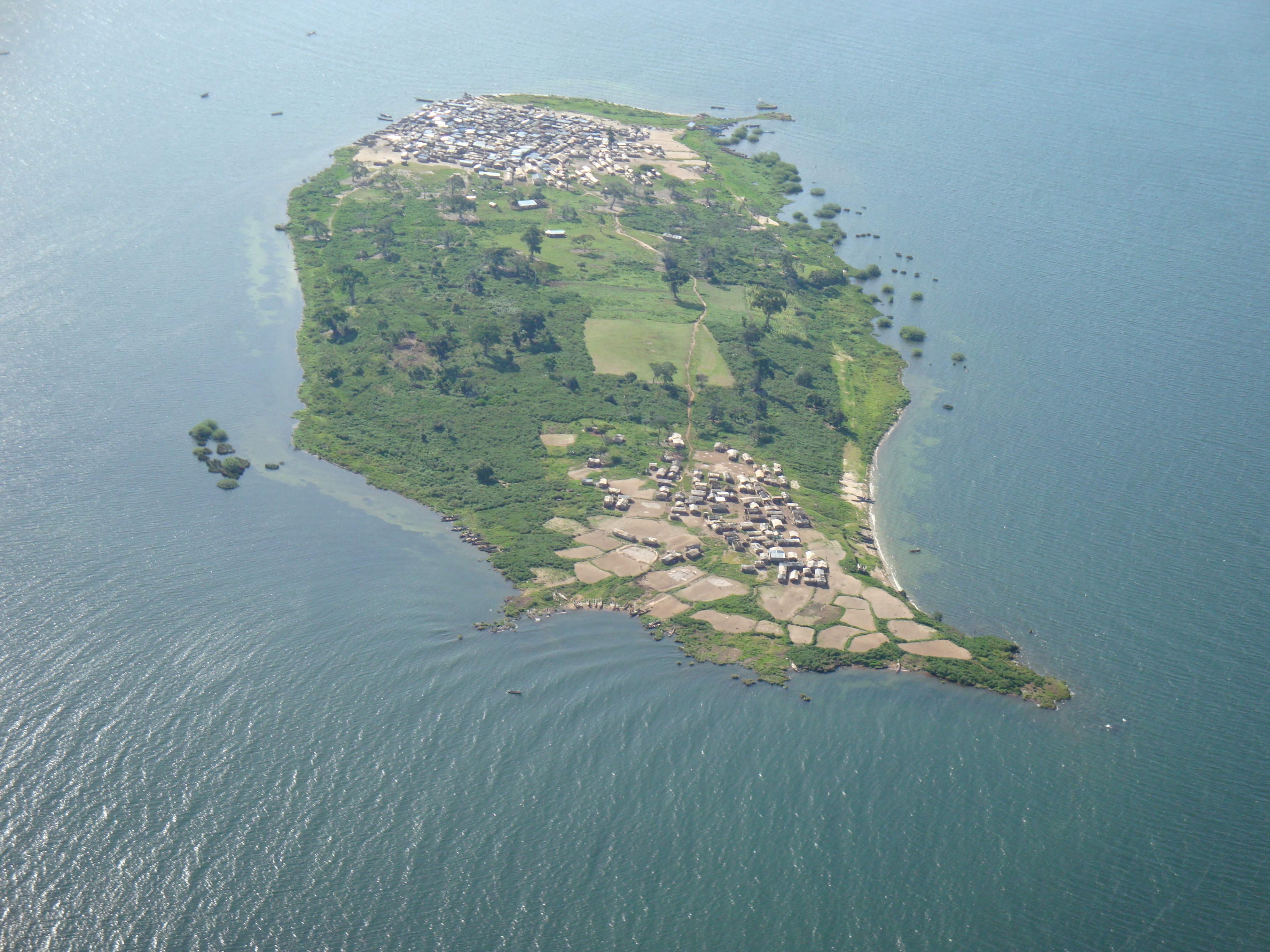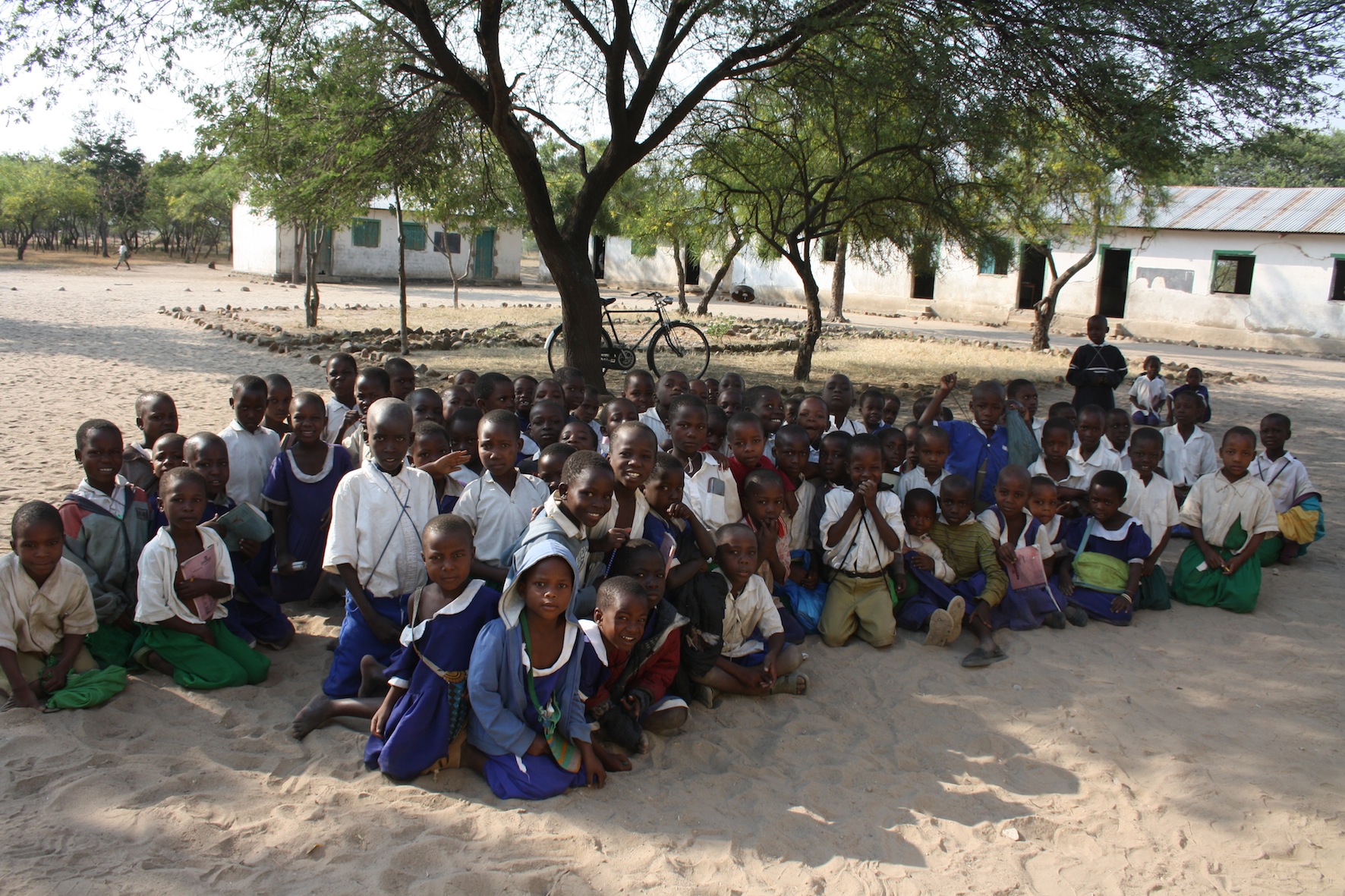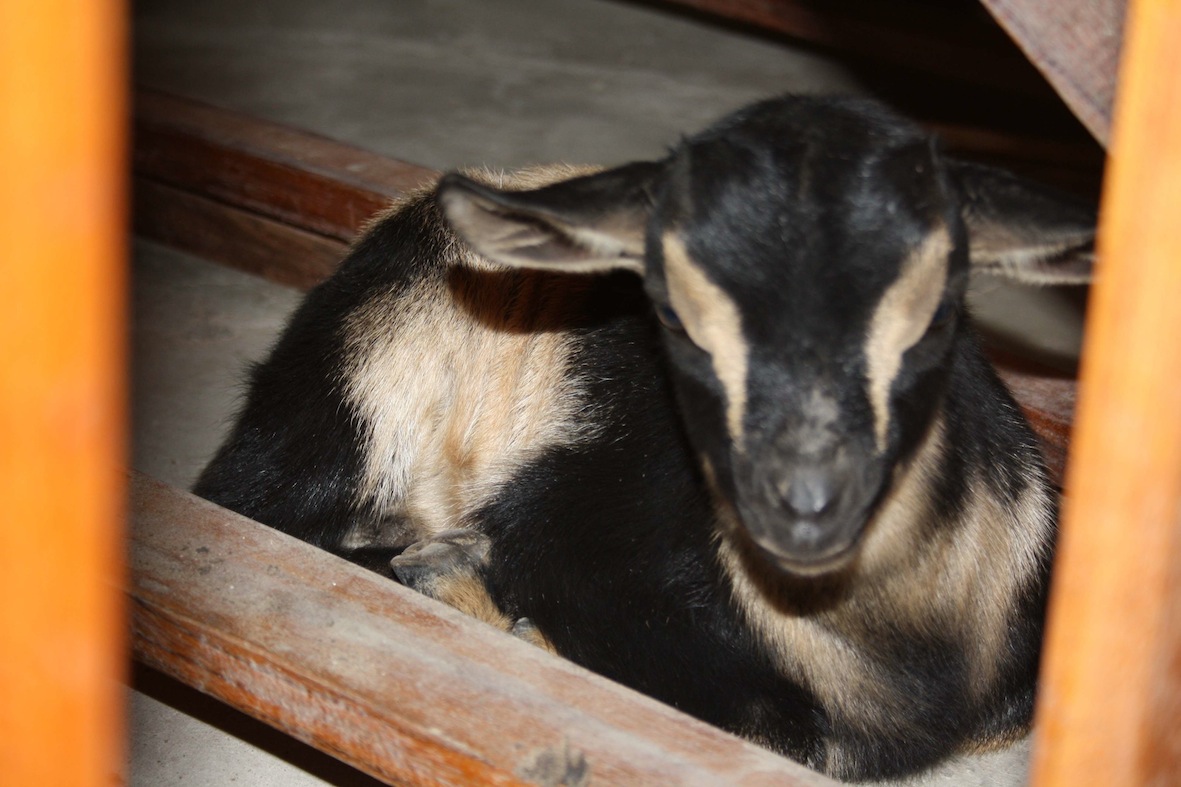Remote or poorly accessible communities create special challenges for delivery of health care.
There were goats in my classroom this morning. Quite adorable kids, but unfortunately not the right species for my health survey. The school is located in Bunda District, sandwiched between Lake Victoria and the long western arm of Serengeti National Park, which stops only a few kilometers from the lake’s shoreline.
This zone of the Serengeti, the so-called Western Corridor, is a crucial stop-over point in the famous circular migration of wildebeest, zebra and other animals, following the rains around the vast grasslands. However, its relative remoteness means it doesn’t see quite the same surge of visitors as other parts of the park; still, every day fancy 4x4s and shiny tourist vans pull up to the Ndabaka Gate, full of foreigners paying $50 a day in park fees alone, for the unique experience of seeing Africa’s magnificent wildlife in one of the world’s most awe-inspiring natural landscapes.
There is little indication here in the village of the vast turnover of foreign currency occurring just a few kilometers to the east. The proximity to Lake Victoria, with its bounty of fish and permanent water supply, allowing year-round irrigation of crops, ensures that few children in this area are severely undernourished.
However, the lake is also a source of disease. The reedy fringes are the perfect habitat for certain species of freshwater snail, which transmit intestinal schistosomiasis; stagnant pools are also ideal nursery grounds for mosquito larvae.
Sanitation infrastructure is basic at best, with some houses possessing a pit latrine in a corner of the compound but many families simply doing their business in the tall papyrus groves right on the lakeshore. Most water for cooking, drinking and washing is collected directly from the lake, usually by children, and once their chores are done they play barefoot in the muddy alleys between huts: shoes are only worn for special occasions, sometimes not even for school. As a result, prevalence of schistosomiasis is high, malaria is an everyday burden and transmission of hookworm is rife.
What health care options exist for this community? The closest doctors are probably at the district hospital in Bunda, about a 20 minute drive north along the fast, tarmac road running between Mwanza and Musoma. However, to get to the main road, the villagers have to negotiate several kilometers of dirt track, rough and pitted, its ruts filled deep with water and mud during the rains. Closer by, there are shops which may stock basic medical items, such a few tablets of paracetemol or other generic painkillers, but sourcing malaria treatment requires again a trip to Bunda, or Lamadi, a town almost equidistant to the south.
The village does have a community health worker, but without funds or drugs, or indeed robust training, the help he can offer is limited. Tanzania has been trying to implement a national programme for the control of basic intestinal worms, and so about once a year, a team may sail through and distribute albendazole to all the children who happen to be attending school that day. Given that absenteeism rates run high, this is hardly providing blanket coverage. Moreover, the source of infection is not addressed; with high rates of transmission, re-infection is almost inevitable. What solutions can there be for remote, rural villages like this?

An aerial picture of Kimi Island in Lake Victoria, Uganda. Itinerant fishing communities can be seen at both ends of the island. Photo: JR Stothard
Perhaps some lessons can be learnt from Uganda. The Lake Victoria shoreline there consists of thousands of islands, each with one or more fishing shanty-towns, solely accessible by boat. Access difficulties here are even greater than in Tanzania, yet progress is being made. The Ugandan National Control Programme for Neglected Tropical Diseases has combined interventions for soil-transmitted helminthes (like hookworm) and schistosomiasis, training community medicine distributors in every possible village in the methods for administering treatment for both conditions. At the same time, educational workshops have been held to educate communities as to how to reduce transmission.
Over the last 8 years the programme has successfully reduced the burden of infection in many places, and the programme has expanded to include treatment for other neglected tropical diseases, such as lymphatic filariasis.
Yet, challenges remain. For example, as we see in Tanzania, rates of malaria prevalence are also high in Uganda, yet are not directly tackled by the neglected tropical disease teams; other branches of the Ministry of Health are responsible for the distribution of bednets and Coartem. However, the basic health infrastructure required is the same: mobilization of drugs/equipment, training of health personnel at the village level and education for the community themselves in order to change behaviours that may result in greater infection risk.
Last year I was lucky enough to participate in surveys of island communities in the Sesse Islands, as part of a much wider monitoring effort (funded by the Global Network of Neglected Tropical Diseases). Across the board, we observed villages where increased efficiency of health service delivery could make a huge difference.

The children who participated in our health survey, at their primary school in Tanzania. Photo: CJ Standley
It’s not hard for me to see parallels with my study village near the Serengeti. There are existing initiatives to de-worm school-age children; there is a community health worker; there is a basic need for prevention alongside treatment. All that is needed is for efforts to be more coordinated and packaged alongside education about the diseases.
Recognizing this need, the Bunda District Education Office has been incredibly supportive of our inquiries into designing a curriculum to teach the primary school children and their parents in the village about parasites and disease prevention. If all goes to plan, once we hold the workshop, the kids in attendance will be people, not goats!

Leave a Reply
You must be logged in to post a comment.